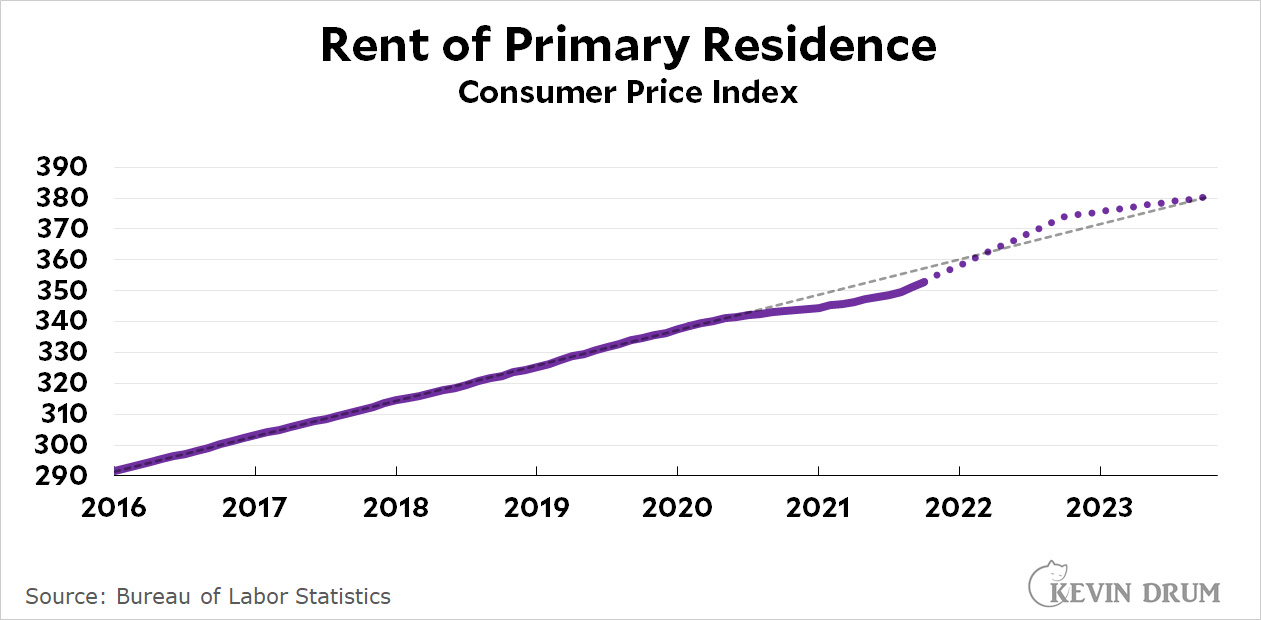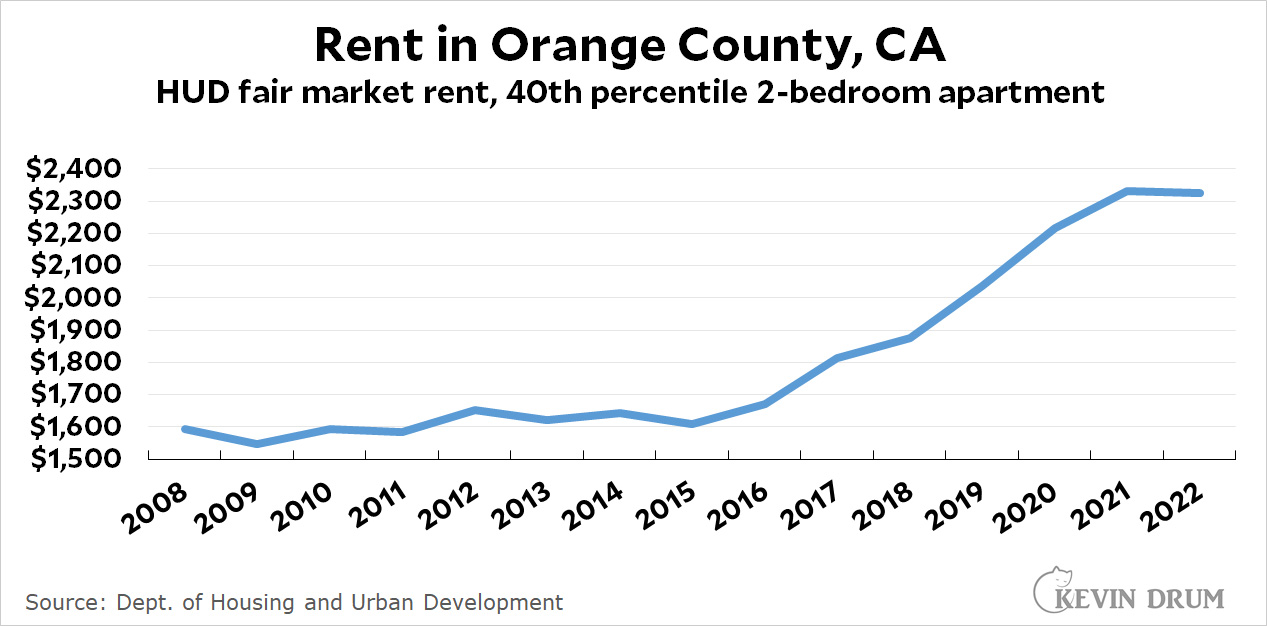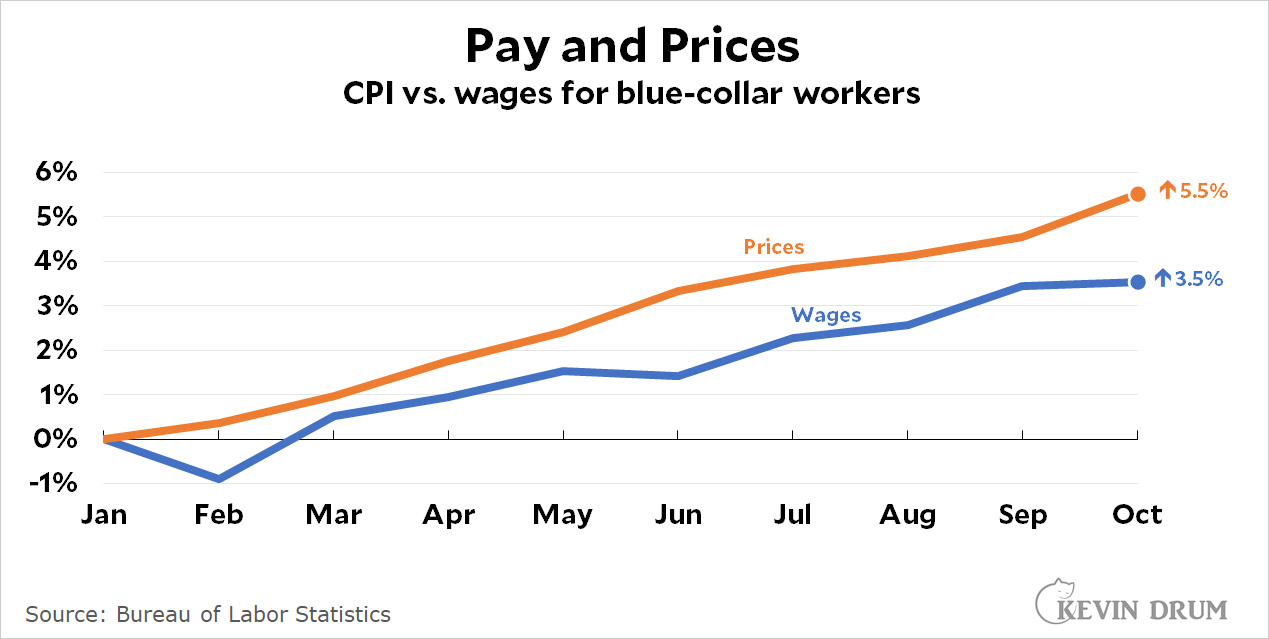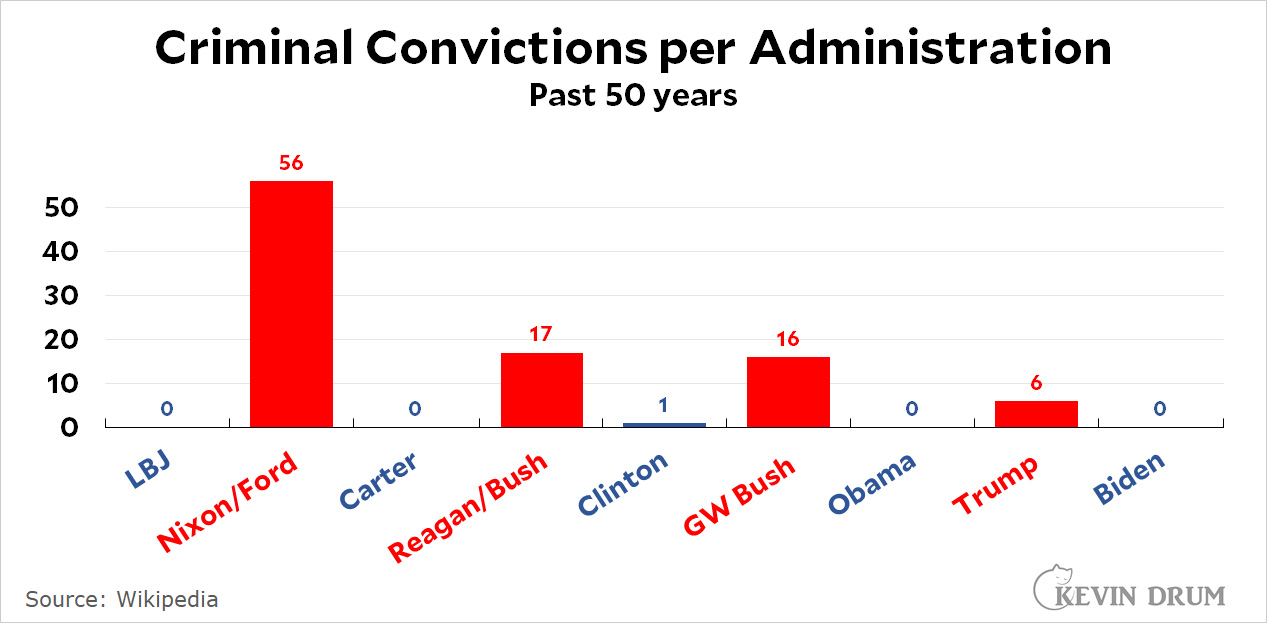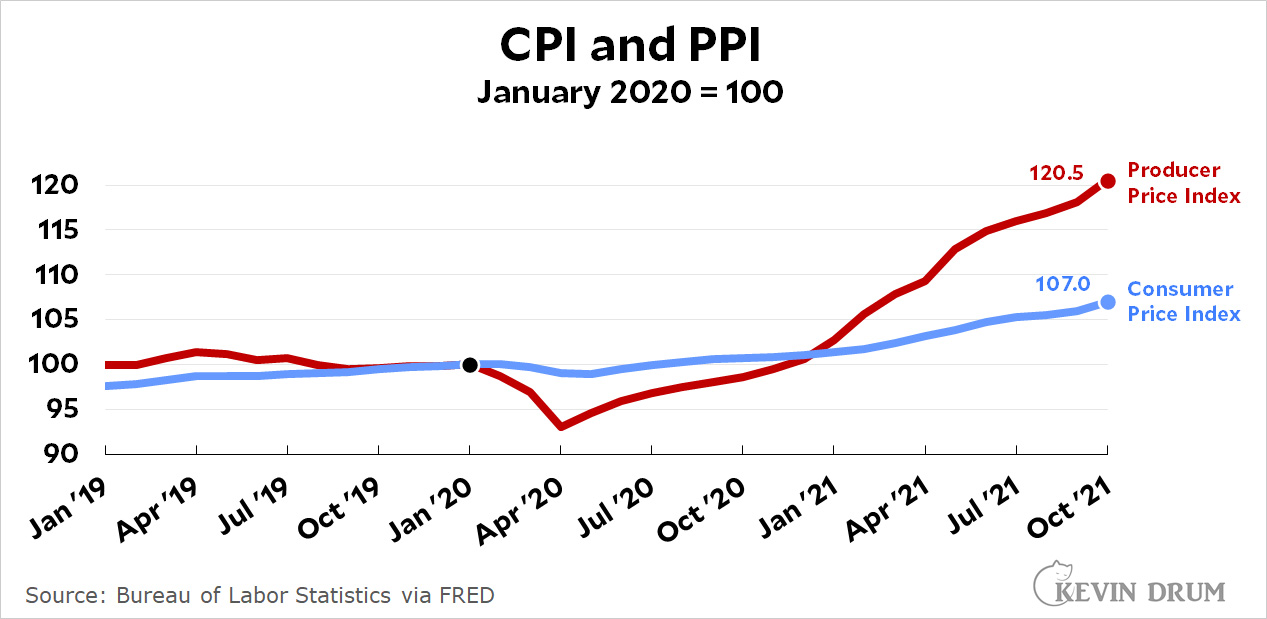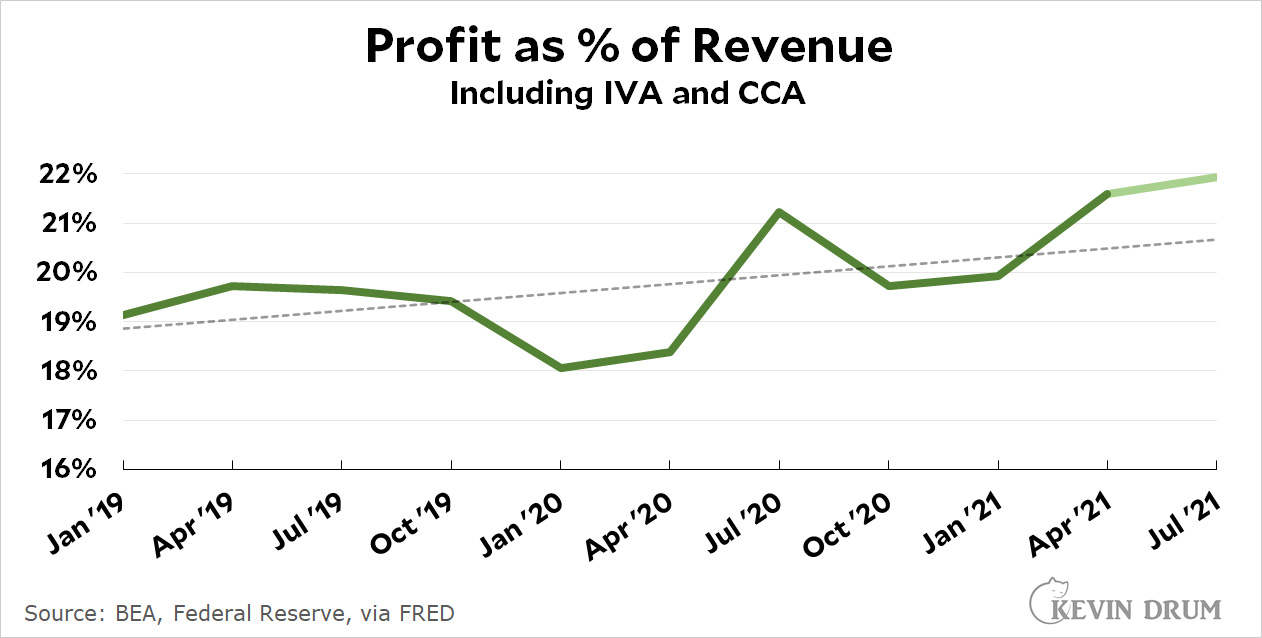I finished up Parts 2 & 3 of Get Back, Peter Jackson's epic Beatles documentary, a couple of days ago. I have less to say this time around since I already said a lot about Part 1, but here goes anyway:
- Lennon comes across quite differently than he did in Part 1. I don't know if this was the result of editing or of Lennon just being in a better mood, but he's much more engaged during the later stages of the session and just generally in a friendlier mood.
- Conversely, George Harrison comes off worse. That's a bid odd since it was in Part 1 that he stormed off, but throughout the rest of the session his mood is mercurial, and quite often grim and argumentative.
- Yes, Heather Eastman was adorable.
- I did not know that McCartney's original idea was for "Get Back" to be a political song condemning Enoch Powell and his band of anti-immigrant zealots. Interesting!

- Every genius has a debacle or three, but watching McCartney's obsession with the execrable "Maxwell's Silver Hammer" was hard to stomach. It was sort of like Picasso painting a bullfighter on black velvet and then spending weeks insisting that it would be great if he just changed that brushstroke over there and this bit of color here.
- The personality conflict between McCartney and Harrison is famous, so it's fascinating to hear McCartney—in a secretly recorded conversation—telling Lennon that Harrison's songs had improved to a point that they were as good as anything they themselves wrote, and it was high time to acknowledge that. Lennon appeared to be noncommittal about this.
- It's also famous that Harrison had long been exasperated by McCartney's constant stream of suggestions about how to improve his songs. I get that. At the same time, I kinda feel that when you get criticism from a guy who might be the greatest songwriter of the century, maybe you should just bury your frustration and take it.
And a final note on Part 1. I've read a lot of commenters going on and on about seeing the moment when McCartney first started picking out the melody that would eventually become "Get Back." And sure, from a historical standpoint it's interesting to see it. But to call it a rare private look at an "act of creation" is kind of silly. Nearly all acts of artistic creation come out of nowhere, after all. There's nothing special about this particular one.
For what it's worth, I thought the most interesting "moment" was the one where Lennon first mentioned that he was going to go see this guy Allen Klein. This is arguably the moment that led inexorably to the band's breakup.

